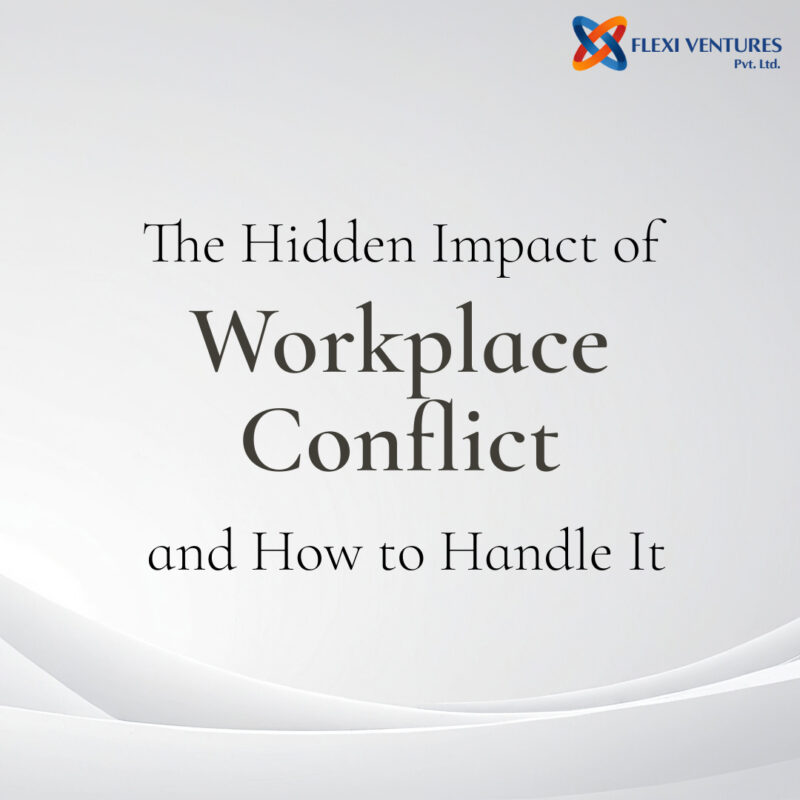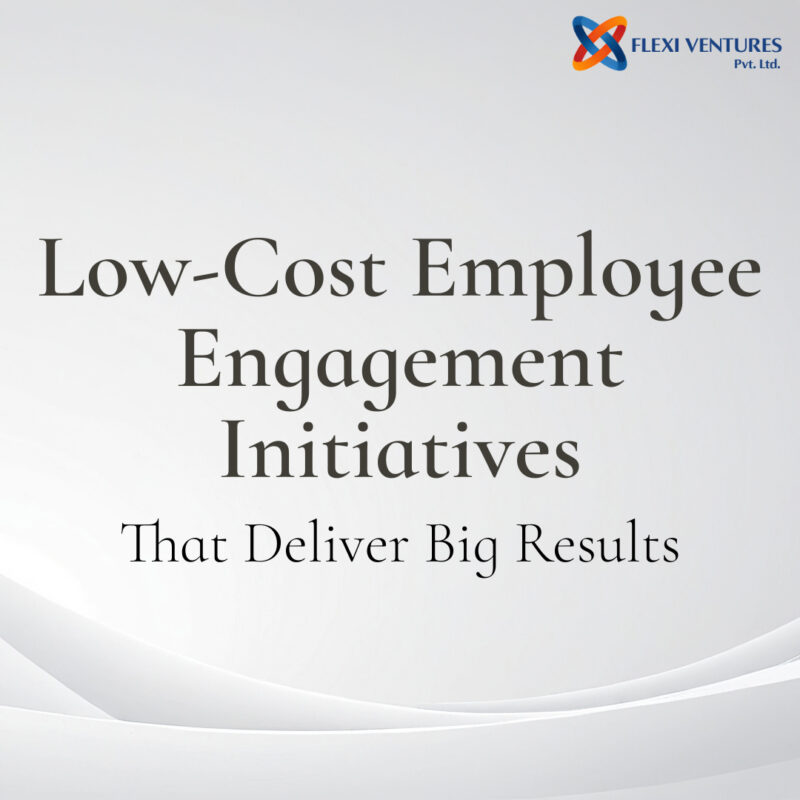In today’s rapidly evolving job market, upskilling and reskilling have become critical for both employees and employers aiming to stay competitive. Upskilling focuses on refining existing skills to align with industry advancements, while reskilling equips individuals with new capabilities to transition into different roles or sectors. When effectively implemented, these initiatives enhance job satisfaction, improve retention, and drive overall business success. This article delves into the advantages of upskilling and reskilling, identifies common challenges in workforce development, and outlines key strategies for building impactful training programs.
Understanding Upskilling and Reskilling
According to the World Economic Forum, a substantial portion of the global workforce will require upskilling within the next decade to remain relevant in an increasingly digital and automated economy. However, despite this growing need, only about half of today’s workers can access adequate training opportunities. This disparity underscores the critical importance of developing and expanding effective upskilling and reskilling programs. Closing this skills gap is essential not only for individual career growth but also for organizational agility and long-term economic resilience.
Benefits of Upskilling and Reskilling
For Employers
1. Greater Employee Retention:
Investing in professional growth significantly boosts employee retention. LinkedIn’s 2023 Workplace Learning Report notes that offering learning opportunities is the most effective strategy companies use to retain talent. With 22% of employees leaving due to limited career advancement, upskilling programs help address this gap and reduce turnover.
2. Increased Innovation and Agility:
A skilled and continually learning workforce is better equipped to drive innovation and quickly adapt to market and technological shifts. The World Economic Forum’s 2023 Jobs Report indicates that companies prioritizing skilling are more resilient in navigating digital transformation and industry disruptions.
3. Cost Savings:
Training existing employees is often more economical than hiring new ones. Replacing an employee can cost around 33% of their annual salary when factoring in recruitment, onboarding, and productivity loss. Upskilling and reskilling allow businesses to retain institutional knowledge while minimizing hiring costs.
4. Stronger Business Performance:
Organizations that foster a culture of continuous learning see measurable advantages. Compared to those with weaker learning strategies, they enjoy 57% better retention, 23% greater internal mobility, and a 7% improvement in leadership development—contributing to overall stronger business outcomes.
Benefits for Employees
1. Career Growth and Mobility:
Upskilling and reskilling empower employees to explore new roles and move up within their organization. These opportunities can lead to enhanced career progression, expanded responsibilities, and increased earning potential—making professional development a key driver of long-term success.
2. Greater Job Security:
Employees who continuously update their skill sets are more resilient in the face of industry shifts. With the World Economic Forum estimating that 44% of workers will experience skill disruptions in the next five years, staying current through learning is essential for maintaining relevance and job stability in an evolving labor market.
3. Higher Job Satisfaction and Engagement:
Gaining new skills contributes to a stronger sense of purpose and involvement at work. Research shows that highly engaged teams are 21% more profitable and 17% more productive, while disengagement can result in 15% lower profitability and cost businesses up to $16,000 annually per disengaged employee.
4. Enhanced Personal Development:
Beyond professional advantages, continuous learning cultivates confidence, curiosity, and self-improvement. Employees who invest in personal growth often report a more rewarding and satisfying work experience—making lifelong learning a powerful tool for holistic development.
Common Pitfalls in Employee Development Programs
As the business landscape evolves, the skills that drive success today may quickly become obsolete. While many organizations still rely on conventional training methods, these often fail to keep pace—leading to persistent skill gaps, employee turnover, and stagnant growth. Forward-thinking companies now view reskilling as a strategic necessity rather than a discretionary expense. However, several common missteps can hinder the effectiveness of these initiatives:
Difficulty Identifying Skill Gaps:
One of the most significant hurdles is accurately assessing where skill shortages exist. A reported 42% of organizations cite time constraints as a major barrier to conducting proper skills analysis. Without a clear understanding of workforce needs, training programs risk missing the mark and failing to address the most pressing gaps.
Lack of Inclusivity:
Employee development programs that don’t consider different learning styles, career stages, or accessibility needs risk leaving valuable talent behind. Ensuring equitable access to training opportunities is essential for unlocking the full potential of a diverse workforce.
Insufficient Support Structures:
Learning new skills in isolation rarely yields lasting results. Programs lacking follow-up support—like coaching, mentoring, or peer learning—can struggle to translate new knowledge into practical, on-the-job capabilities.
Inflexible Learning Models:
Training formats that don’t accommodate varying schedules or life circumstances can significantly reduce employee participation. Flexibility is key, whether through on-demand digital courses, part-time options, or self-paced learning. Moreover, while tuition reimbursement programs can deter participation due to upfront costs, offering tuition assistance—where employers pay educational costs directly—makes learning more accessible and encourages broader participation.
Implementing a Successful Upskilling and Reskilling Strategy
Identify Skills Gaps:
Start with a comprehensive analysis to determine where your workforce currently stands and where gaps exist. This insight allows for the development of targeted training programs aligned with evolving business needs.
Define Clear Goals:
Establish measurable, outcome-driven objectives for your upskilling and reskilling initiatives. These goals will provide structure, and focus efforts, and enable you to track progress over time.
Create Personalized Learning Journeys:
Tailor learning paths to suit the unique strengths, roles, and aspirations of individual employees. A successful program should be inclusive and accessible, offering learning opportunities to all team members—regardless of background or existing skill level.
Partner with Experts:
Collaborate with experienced learning providers—such as Merit America—to deliver top-tier training solutions. Leveraging their expertise and flexible formats (e.g., part-time, virtual, or hybrid learning) ensures that employees can develop new skills without sacrificing work-life balance.
Offer Continuous Support:
Sustain employee development through mentorship, coaching, and career guidance. Ongoing support helps learners apply new skills in real-world scenarios and promotes long-term career growth.
Track Progress and Evolve:
Continuously assess the effectiveness of your programs using data-driven metrics such as employee engagement, performance improvements, and ROI. Adapt your approach based on feedback and measurable outcomes to ensure continued relevance and success.
For more information on HR consulting or support services visit our website.
Visit our Website – www.flexiventures.in
Call – 8080100001













